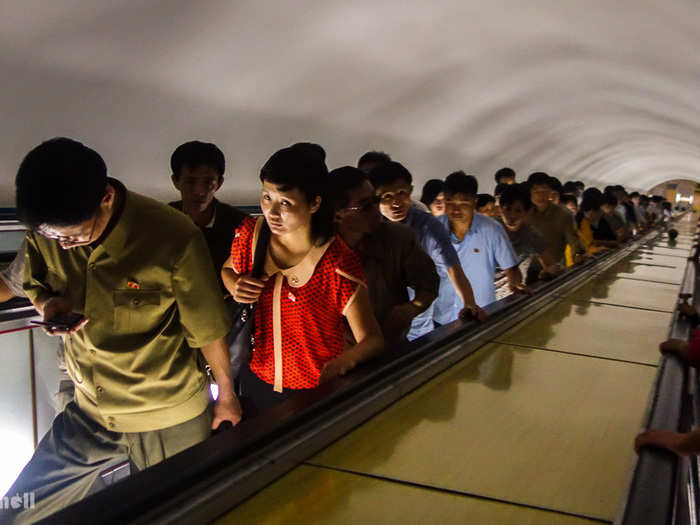

http://www.youtube.com/embed/X0y9puLakkc?rel=0
Width: 853px
Height: 480px








 Ghost shopping malls surged 59% in 2023, 16 retail centres shut across top cities
Ghost shopping malls surged 59% in 2023, 16 retail centres shut across top cities
 Top-selling cars in India in April 2024 – Tata Punch continues to dominate
Top-selling cars in India in April 2024 – Tata Punch continues to dominate
 Apple Let Loose event today – What to expect, where to watch the live stream and everything you need to know
Apple Let Loose event today – What to expect, where to watch the live stream and everything you need to know

Copyright © 2024. Times Internet Limited. All rights reserved.For reprint rights. Times Syndication Service.